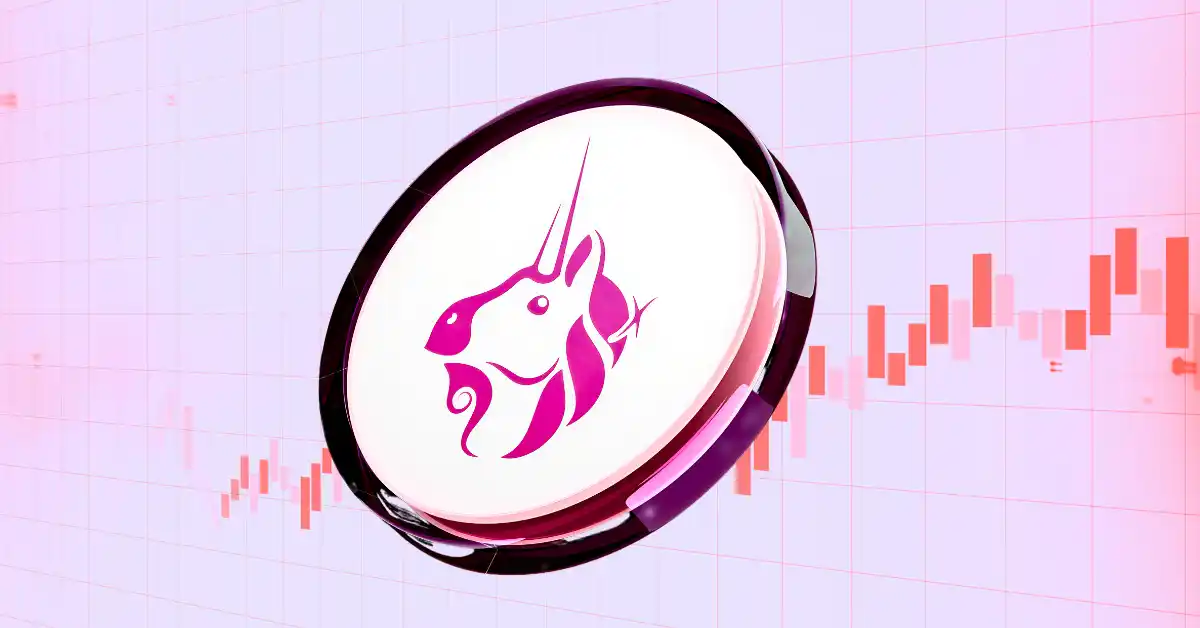BitMEX CEO Stephan Lutz has stated that crypto exchanges do not need to run internal market makers after it was revealed Crypto.com has internal trading teams that trade crypto.
The revelation raised concerns about a potential conflict of interest at Crypto.com.
In an interview with The Block, Lutz opposed the idea of internal market-making teams.
The CEO said that exchanges that make money from proprietary trading should by now have let go of their internal market-making teams.
Crypto.com’s Internal Trading Team Raises Concerns
A Financial Times report revealed that the Singapore subsidiary of Crypto.com runs an internal proprietary trading and market-making team that trades crypto on behalf of the exchange.
However, Crypto.com justified the team’s actions, saying that they treated it the same way as any other third party. The team exists to facilitate tight spreads and efficient markets on its platform, the exchange added.
A spokesperson from Crypto.com at the time said that the trading team ensures that the exchange remains risk neutral by hedging these positions on a number of venues, including the Crypto.com exchange.
Crypto.com does not rely on such internal trading as a source of revenue, the spokesperson added.
However, Lutz opined that there are enough HFTs (High Frequency Traders) out there and prop shops that can perform the function of proprietary trading and market maker teams.
BitMEX faced similar allegations of running an internal trading team to make profits years ago, however, Lutz clarified that the separate legal entity named Arrakis Capita now serves a very limited role for BitMEX.
Arrakis, which used to serve as an internal market maker for BitMEX, is now “technologically” and “organizationally” separated from the derivatives exchange, according to the CEO.
Fall of FTX Puts Exchanges With Trading Teams Under Spotlight
BitMEX CEO said that the infamous fall of FTX exchange has brought more scrutiny on exchanges that have an internal trading team.
FTX allegedly used its trading arm Alameda Research, which allegedly operated as a hedge fund, to bet FTX’s customers’ funds in order to make profits.
However, Lutz said that there are ways to identify which exchange is using a trading arm that risks investors’ funds or which is using it just as a treasury.
One of the factors that separate Alameda-like companies from standard internal trading teams is the fee structure, Lutz said.
Crypto exchanges that charge no transaction fees could also be seen as a red flag, indicating that they exist to attract trading flow for a market maker.
Credit: Source link















































